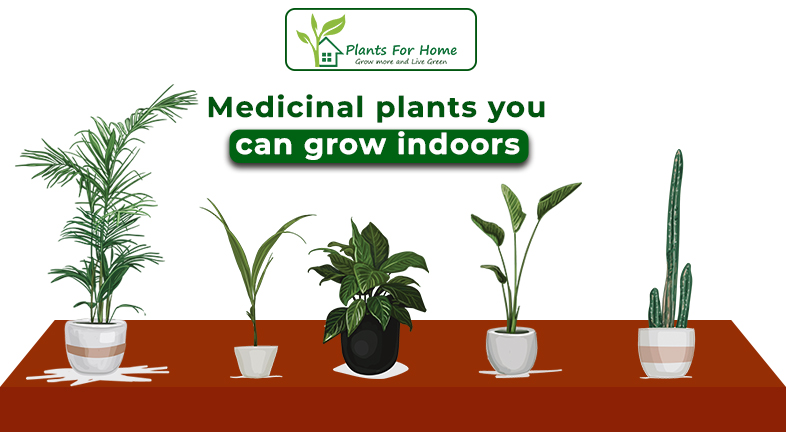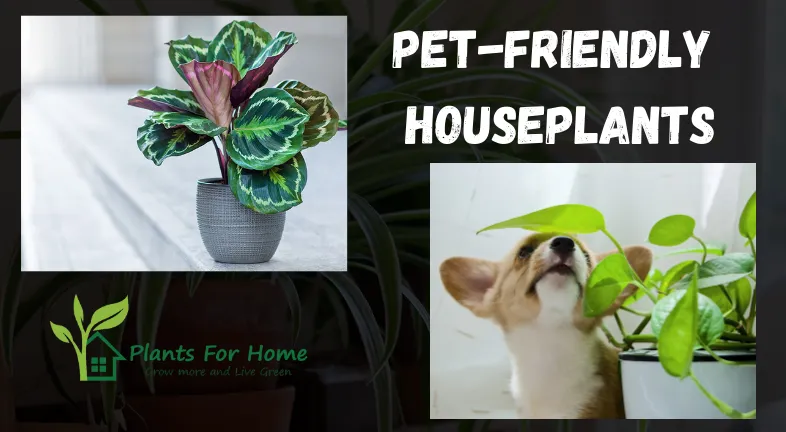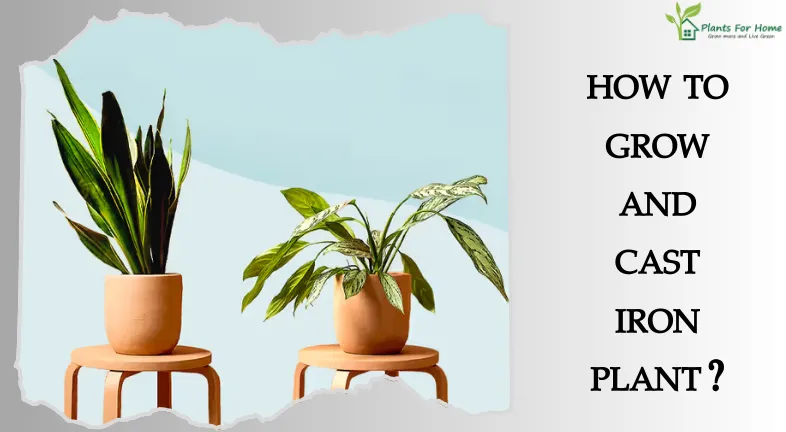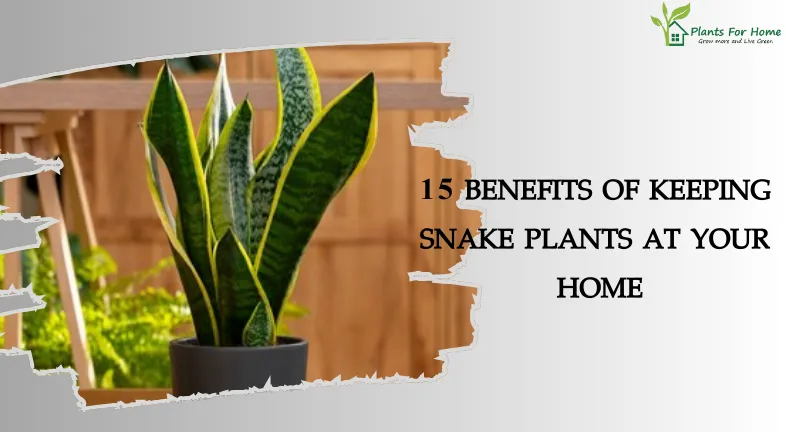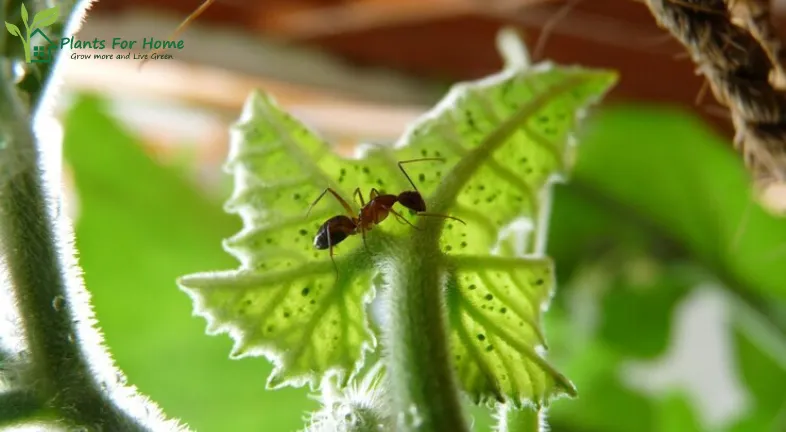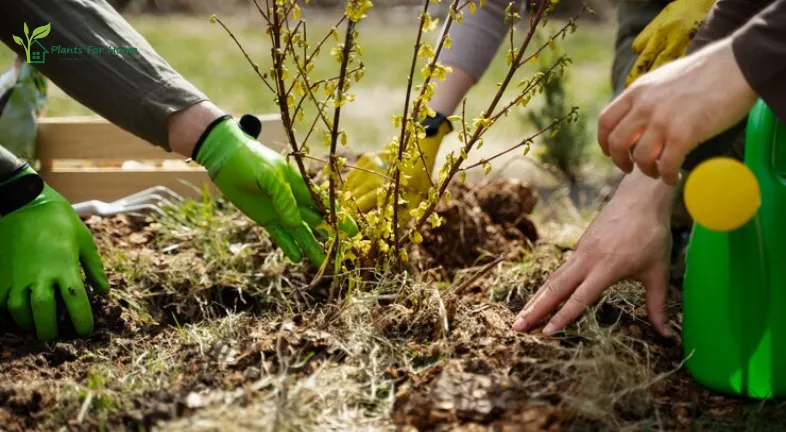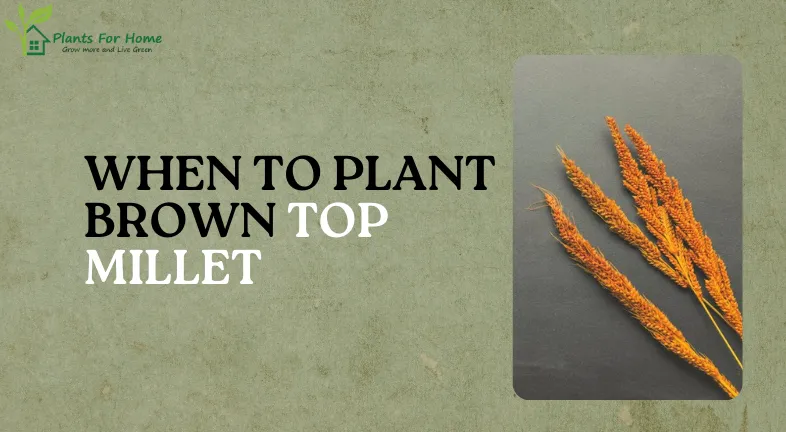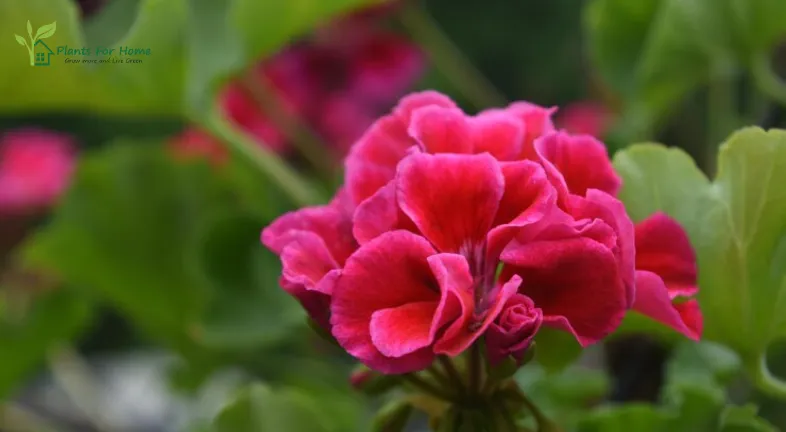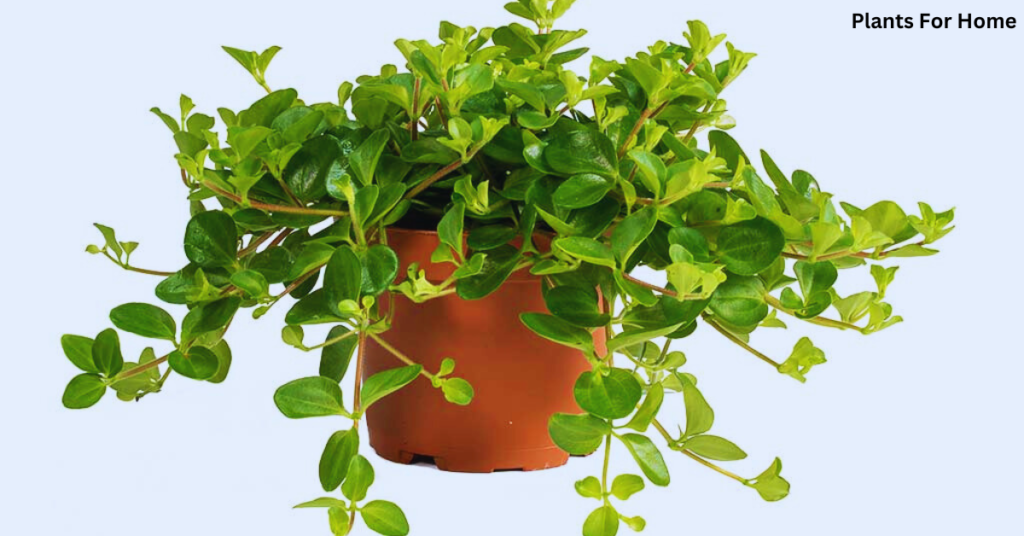
Peperomia rotundifolia is a species of trailing peperomia native to the tropical rainforest of South America. It is also referred to as jade necklace, trailing jade, creeping buttons, and round leaf peperomia.
The popular jade plant from the Crassula plant genus is not to be confused with Peperomia rotundifolia, which is often known as the trailing jade.
Peperomia rotundifolia is a perennial epiphyte plant species that is native to South American rain forests. It can be found crawling on and through trees, rotting logs, and the forest floor. The trailing jade depends on moisture, tropical temperatures, and indirect sunlight to survive in its natural environment.
This plant is one of the more than a thousand species of Peperomia that exist. It differs much from the others in terms of appearance, but it also shares characteristics with them, such as succulent-type leaves and a growth habit. When arranged in a collection with other Peperomia kinds, these look fantastic and go well together.
Foliage:

Numerous small, spherical leaves are produced down the length of flexible stems, and these leaves may interweave and weave in and out of one another. Like other Peperomias, the nearly spherical leaves are delicate, juicy, and rather thick. Upon closer examination, the darker green leaves include lighter green veins that are visible.
Flowers:

Peperomia rotundifolia can produce little, inconspicuous flowers on spikes, but the main feature of the plant is its trailing stems and leaves.
Care level and growth:
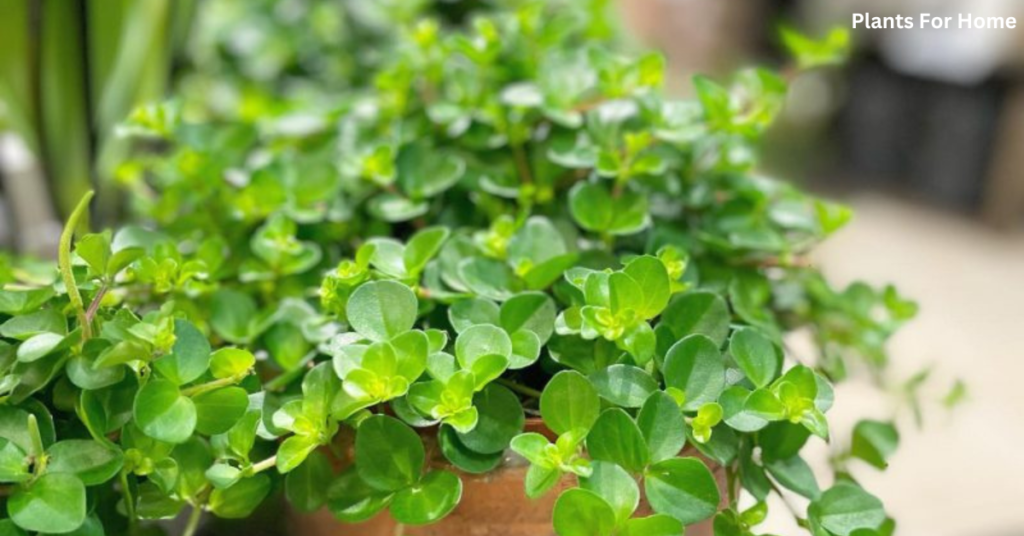
This plant may thrive in most houses as long as the right circumstances are given. Light and humidity levels are crucial.
The greatest places to cultivate this plant are windowsills, conservatories, and greenhouses. The finest containers are hanging baskets or small pots that promote trailing.
Regretfully, compared to many other Peperomias at garden stores, these are more difficult to find.
When the soil starts to dry out, water your plant directly, avoiding the leaves. To stop the roots and leaves of your Peperomia Rotundifolia from decaying, drain the soil if you unintentionally give it too much water. Although they can withstand typical home circumstances, rotundifolias prefer humidity. A summertime light misting will keep the plant at its best. To promote new growth, remove any leaves that are brown, yellow, or dead.
Peperomia Rotundifolias would be content in a dimly lit room or an office with fluorescent lights because they can withstand lower light levels and like indirect sunshine.
Overwatering Peperomia Rotundifolias is not something they enjoy. This is indicated by drooping leaves, mushy stems, and maybe yellowing and dropping of foliage.
It is advisable to keep it out of direct sunshine as this may burn its leaves. Draughts can also result in a plant that wilts and excessive moisture loss. Your plant may also look wilted if it is submerged; if this occurs, give it a little drink to cheer it up.
Crassula ovata is a succulent plant with tiny pink or white flowers that is native to the KwaZulu- Natal and Eastern Cape provinces of South Africa as well as Mozambique. It is sometimes referred to as the jade plant, lucky plant, money plant, or money tree. It is a popular houseplant around the world.
Growing jade plants indoors is simple. Common houseplant Crassula ovata is sometimes known as the jade plant, however its also occasionally called the friendship plant, money plant, or silver dollar plant.
For years, people have been placing the Jade Plant, also known as the Money Plant, on bookshelves and other surfaces in their homes. It is a very common succulent houseplant. (Not to be confused with Pachira aquatica, also known as the Money Tree).
The Jade plant, also known as Crassula ovata, is a common indoor houseplant with a tree-like look that requires very little maintenance to survive and thrive. In addition, the plant holds significant value in Feng Shui. This evergreen succulent is thought to represent wealth, luck, and prosperity.
CULTIVATION:
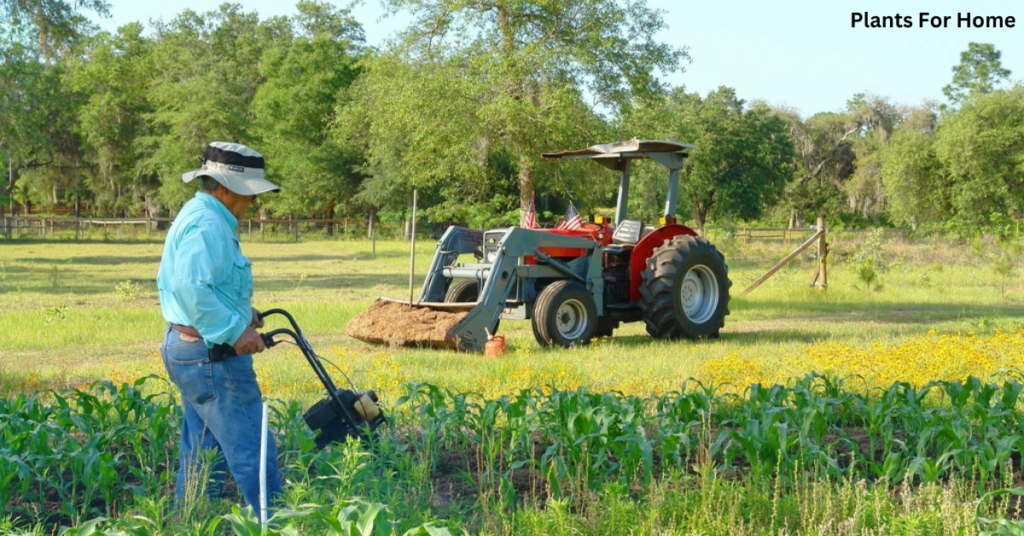
Crassula ovata is a succulent, therefore it needs very little water in the summer and much less in the cold. It is prone to overwatering, particularly in the winter. Overwatering can lead to root rot and foliage loss. On the other hand, dehydration can also harm it. Depending on the climate it is grown in, it has to be cultivated in a porous substrate with sufficient drainage. It needs four to six hours of bright light exposure in the direct sun or in medium shade. If the substrate is kept dry, it can tolerate a small amount of light frost in areas with moderate weather.
DISEASES AND PARASITES:
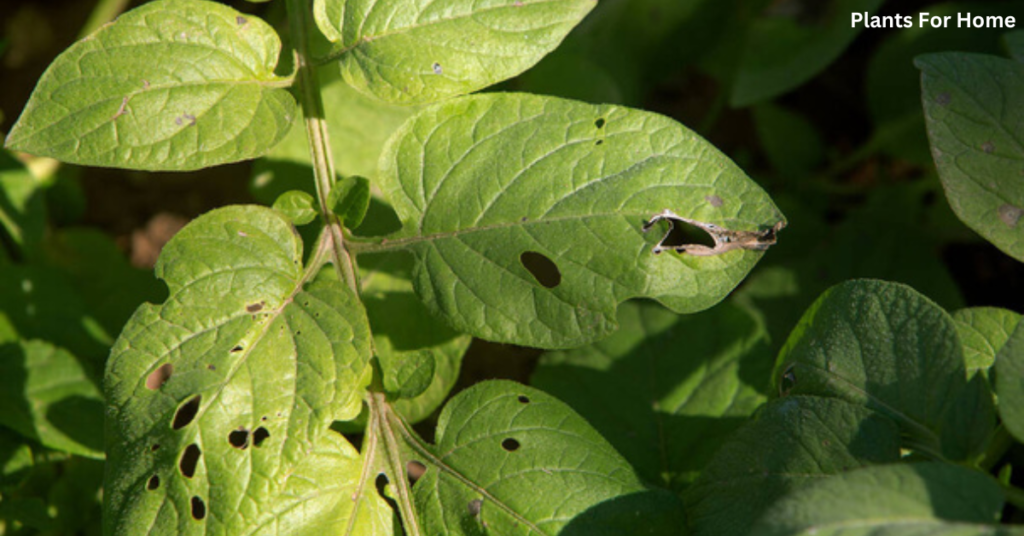
Common pests of Crassula ovata, scale insects can distort the plant while it is growing. Using a cotton bud or brush drenched in rubbing alcohol, you can kill every bug that causes an infestation. Every day, this procedure is carried out in order to eliminate all mealybugs and any potential new insects that might hatch after the existing mealybugs on the plant have perished. Although they are also frequently occurring pests, aphids usually infest flower stems. Problems can also arise from spider mites. Dermatitis in humans can result from contact with sap or leaves.
PROPOGATION:

Another benefit of the jade plant is its ease of propagation; it can be done with clippings or even with stray leaves that fall off the plant. Both can be easily used to propagate jade plants, with success rates being higher than with cuttings. The primary means of reproduction for jade plants in the wild is vegetative propagation. Wild jade plants frequently shed their branches, which have the potential to take root and grow into new plants.
Jade plants, like many other succulents, can be multiplied simply by using the enlarged leaves that develop in pairs on the stems. Although propagation strategies can differ, most follow a similar process. Usually, cuts on leaves are allowed to heal and form calluses. The leaves are then deposited in or on top of soil. About four weeks after a leaf is damaged, its roots start to grow back on the stem. Temperature and humidity are two environmental elements that have an impact on how quickly roots and young plants grow. Usually, foliage appears shortly following the formation of new roots.
BEST PLACE TO GROW JADE PLANT:

- Placing the jade plant by your home’s entrance gate is the most advantageous and efficient way to greet luck and prosperity. It radiates a grounded, positive energy that promotes ongoing development.
- Place the jade plant indoors facing southeast in your drawing room or hall to bring good fortune and wealth, according to Feng Shui. Venus, the planet associated with increased riches, rules the southeast.
- Place the jade plant toward east to promote harmony, health, and prosperous business. It’s also advised to point it westward in order to encourage children’s luck and inventiveness.
- It is very fortunate and auspicious to keep it on your desk or in the southeast corner of the room.
- A jade plant in the dining room is also a beneficial way to draw auspicious chi energy, according to Feng Shui techniques.
- To be in good health, keep a robust jade plant in your home’s east corner.
- You shouldn’t let the jade plant to grow more than three feet, according to Feng Shui expert Lillian Too and plant facts.
- Don’t put the jade plant in the bathroom since it represents riches and you don’t want your money to be wasted.
As you can see, jade plants not only look stunning, provide a touch of warmth and nature into your home, but they also bring much-needed financial and health benefits. Purchase a jade plant online right away. Ultimately, you never know when you might find yourself creating unicorns.
BE AWARE
Since this plant is thought to be non-toxic, kids and dogs don’t need to be around it.

